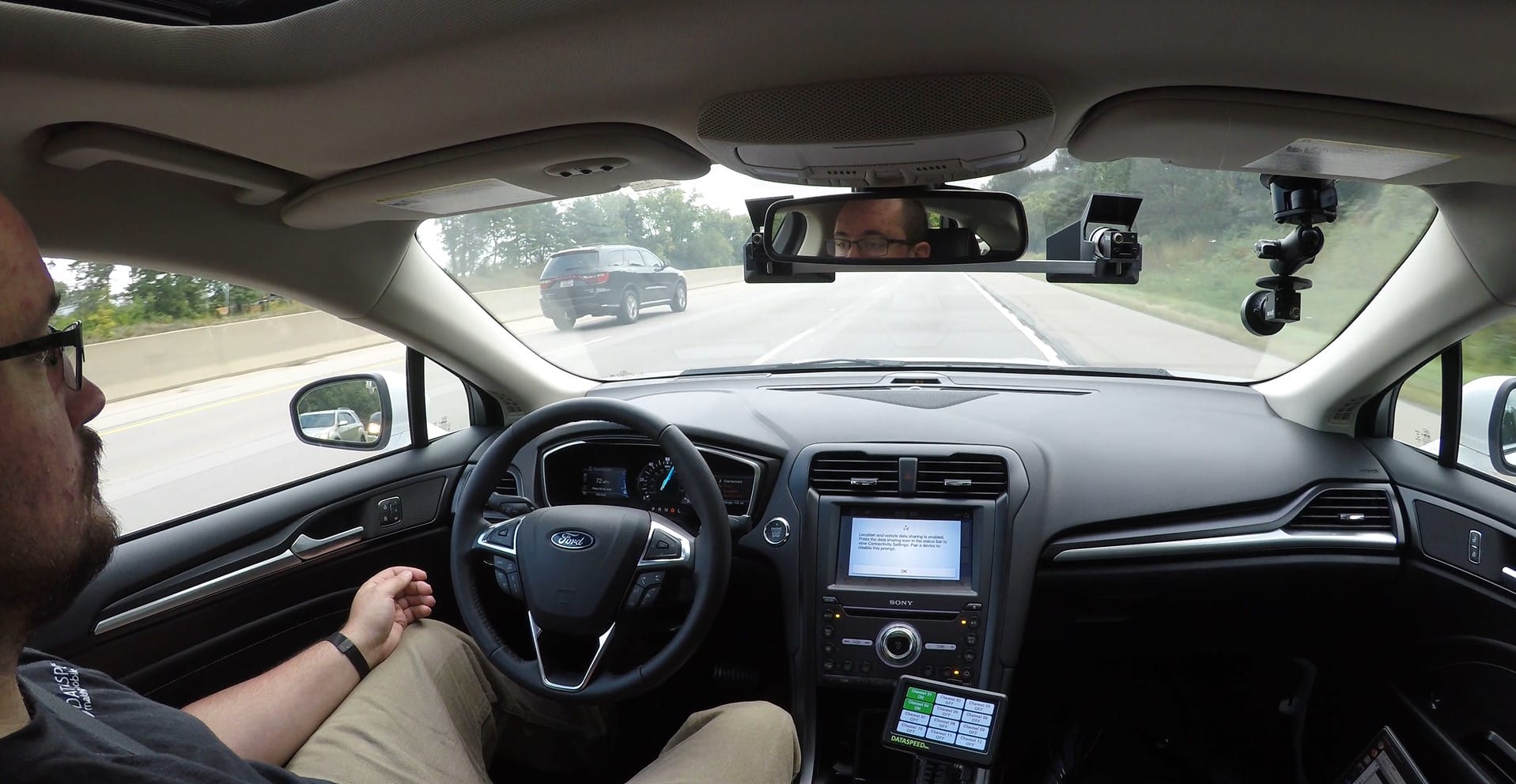David Agnew, V.P. of Business Development at Dataspeed, gave a presentation on the rapid path to on-road testing, development, and demonstration of ADAS and autonomous vehicles at the Autonomous Vehicle Technology Expo in Novi, MI. Read on for a full overview of his presentation.
There are many stakeholders in the field of ADAS and automated driving which include mobility companies, research institutes, universities, auto companies, startups, policy makers, and government agencies. The fielding of functional autonomous vehicles on public roadways is necessary and the engineering efforts are not trivial. Anyone in this field should be aware of the potential significant safety hazards.
New developers should realize we have been doing this for almost 10 years and there are now resources, products, and services to assist in deploying AVs faster, with less cost, and more safety precautions. This overview will be broken down into 15 steps that will lead you to autonomous R&D success.
Item 1: Safety Approach
Safety can be the biggest hurdle that stops companies from putting autonomous vehicles on the roadway and can also be the biggest failure point.
Basics to remember:
- Mindset: “Avoid all unnecessary risks.”
- Define and analyze your system (FMEA, FTA, etc.)
- Add safety measures (driver override, driver training, driver monitoring, etc.)
- Verify safety measures
This is the basic safety outline for when you drive a 70 mph vehicle on a roadway without having your hands on the wheel. The present danger that you want to be ready for is rare events. You always want to prepare for the worst to happen in case it becomes reality, even if you don’t believe it can happen to you. The good news is that there are many experienced services available to help in this area.

Item 2: Policies & Regulations
Depending on the region or country where your project is being developed, you will need to review which policies are applied to you. In the US at the Federal level, the Department of Transportation NHTSA puts out a guide (currently on version AV4.0) specifically for testing autonomous vehicles and ADAS on roadways. Furthermore, you will need to check your state law requirements for autonomous vehicles. NHTSA has created a tool that conveniently displays all states and corresponding AV laws.
Item 3: Vehicle Selection
Ask yourself key questions when selecting a vehicle such as:
1. Does the vehicle have a by-wire kit available for it?
If there is not a by-wire kit already available, the entire process of integrating a by-wire kit into the vehicle will take longer and cost more to develop. There is also risk involved in the development of a new kit. If you acquire a vehicle that already has a by-wire kit available, you can save months of R&D and hundreds of thousands of dollars.
2. What production safety features are built into the vehicle?
Does it have ADAS safety features that make your vehicle and testing process safer? Examples include pedestrian detection and automatic emergency braking warnings. Don’t look at ADAS features as something that is getting in the way of what you’re developing, but something that can be utilized to reduce risk.
Item 4: By-Wire Controls Adaptation
You need to have access of the vehicle’s controls through electric signals for steering, braking, acceleration, gear selection, etc. This enables autonomous driving, tele-operation, ADAS functions, and flexible controls (managing the vehicle with different types of controls). This is where your primary safety measures reside while you are testing. There are already many vehicle kits available which can be delivered in 2-3 weeks. Dataspeed is one of the global leaders in the by-wire space with 13 by-wire platforms available and a strong reputation for reliability. Many of our customers have been certified for safe operations on European roadways using our by-wire kit.
Item 5: Power & Electric Architecture
Think about how to manage the power within the vehicle so no fuses are blown and no fires occur. The power supply needs to be able to handle sensors, lidars, cameras, computing, data logging, communication, by-wire, etc. The best option is to have a system with smart fusing, multiple channels/voltages, intelligent power, and is something that is expandable. Dataspeed now has a second generation iPDS unit that is purpose-built for running complicated electrical architectures in a vehicle.
Item 6: Sensors and Perception
A suite of sensors is necessary for the most precise autonomous vehicles. When selecting sensors, keep in mind that there are sensors available which can obtain data during testing. There are currently hundreds of choices for cameras, radars, lidar, ultrasonics, infrared, and more in the market. The pricing and reliability for lidar sensors operating on roadways and their availability have improved greatly over the past few years. Do your research to look for the best options available for you and your project.
Item 7: Localization and Maps
Localization and maps are key parts of testing and development. A key product to have is a GNSS with RTK (Real Time Kinematics) correction which is precise to a few cm’s. This process is available through a regional tower that sends out a low-level signal that can be picked up with LTE communications. This is an important factor because you can have functionality, data acquisition, and ground truthing with this technology. The cost to install GNSS with RTK has come down significantly. Additionally, a user can undertake AD maneuvering with only GNSS+RTK by creating & driving a waypoint path and recording the route for playback later. There are many options for maps available with various detail and formats to be streamed into your vehicle. This is great to have for data analytics and also for demonstrations.
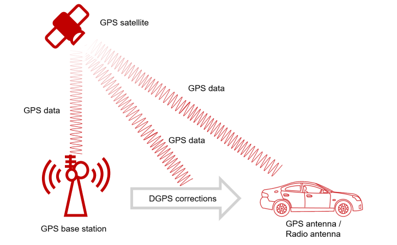
Item 8: Communications
Communication uses include V2X functionality, data logging, monitoring of how the vehicle is operating, and the tele-operation of the vehicle itself. The current main methods are WiFi systems and cellular LTE. With LTE 4g is primarily being used, but 5g is underway and it is an order of magnitude increase. 5g is allowing video level of data streams to be sent in real time without interruption. 5g is also being deployed in some test facilities and pilot sites and is currently being rolled out across the US.
The latest version of LTE allows for CA (Carrier Aggregation) which allows a user to tap into carriers that are available in the operating site. For example, through CA you can tap into AT&T, Verizon, and T-Mobile and connect to all three carriers to increase your bandwidth and have them all operate at the same time in real time. This costs slightly more, but if you have the need for extra bandwidth if 5g isn’t in your area, this option is available. Users can additionally utilize the cloud and streamline the data path through it for better efficiency. When going from cellular to the cloud and back to your device, this will help with getting your delay times down to 10 to 15 milliseconds.
Item 9: Computing Hardware
There is a wide range of commercial options for CPU and GPU computing. A key consideration is to utilize a ruggedized desktop or PC in your vehicle. Keep in mind how you are mounting the PC to benefit the accessibility and the cooling needs, especially if you are doing a lot of processing.
Item 10: Data Acquisition
Key questions to consider: what are you using to directly access raw data signals coming from your lidar, radar, or your cameras? How are you managing the logging and capturing of all of this data?
There is a boundary between those two items. In the past, a user would rough capture inside of the vehicle and then load it into a main frame to send it to the cloud. There are now systems that are more efficient at the transfer from the vehicle — over cellular — to your cloud site and having the intelligence built into that transfer. Smart capture and data storage are both key.
Item 11: Automated Driving Software
There are many open-source options available such as Autoware, Apollo, Openpilot, etc. The benefits of open-source software is that they are low cost, easily accessible, and expandable (you can add your own software to it). The drawbacks are that they require integration and have limited capabilities. You can also consider commercial algorithms for automated driving software. You can select what is needed and it is already ready at an operational level.
Some of Dataspeed’s autonomous software solutions that are fully operational:
Speed & Steering
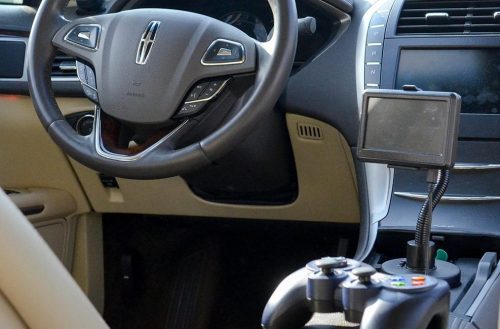
Trajectory Following
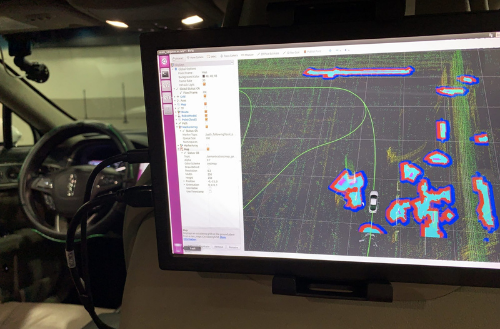
Stop & Go Control

Multi-Sensor Object Fusion
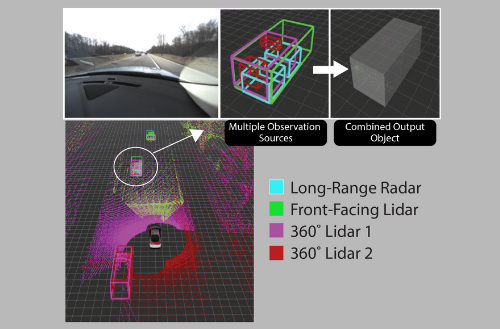
Lane Centering
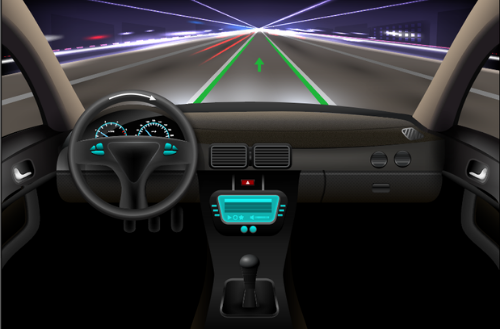
Item 12: Functional Checks
Test your systems to make sure everything is working and is fully operational.
Item 13: Safety Driver
What are the minimum capabilities that you need to have as a safety driver? What is the required training? How do you monitor and keep track of the safety driver’s performance and give them feedback while they are operating? The SAE (Society of Automotive Engineers) has created a guide that covers all of these questions and is available on their site for purchase. The guide has been put together over the last several years with expert companies that have been deploying safety drivers.
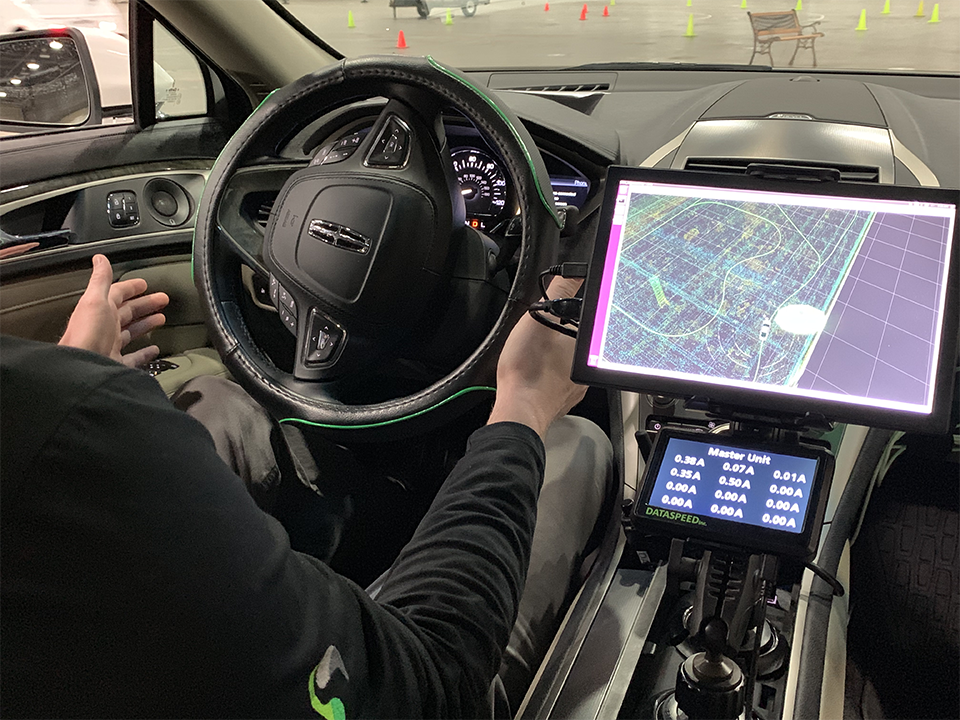
Item 14: Safety Verification
Remember Item 1 (Safety Approach) from this list? Item 14 is the verification of how you will test your vehicle on public roadways and this includes the safety items that you determined you needed and added because of your safety analysis. In this step, you will be checking those items and making sure they are functioning correctly.
Make sure the vehicle’s by-wire system has been tested. Only use safety drivers that are performing correctly and have completed proper training. The National Transportation Safety board also recommends integrating a safety driver monitoring system. This system includes an automatic monitor built into your vehicle that watches your safety driver for any distractions or drowsiness.
Item 15: Certifications/Approvals/Notifications
Make sure you have all certifications and approvals in place before you begin your on-road testing. Certifications and approvals are based on your country, state, and regional requirements. For example, German regions require third-party certification. Certification involves reviewing Safety Approach (Item 1) and Safety Verification (Item 14).

About the Speaker
David Agnew has a BSME and has been in the Aerospace and Automotive Controls field for 34 years. In the past 10 years, David’s roles include Head of Advanced Engineering for Active Safety and Autonomous at Continental NA and Director of Autonomous R&D at Hyundai Mobis NA. He currently leads New Business Development of Autonomous Vehicles at Dataspeed.
David has assisted in developing and commercializing several new ADAS products and he has collaborated with NHTSA Safety Research and IIHS to improve AV safety. He has fielded many prototype vehicles across the country and now works with hundreds of customers to help them accomplish goals that he himself achieved at Tier 1’s.
Share
Explore More
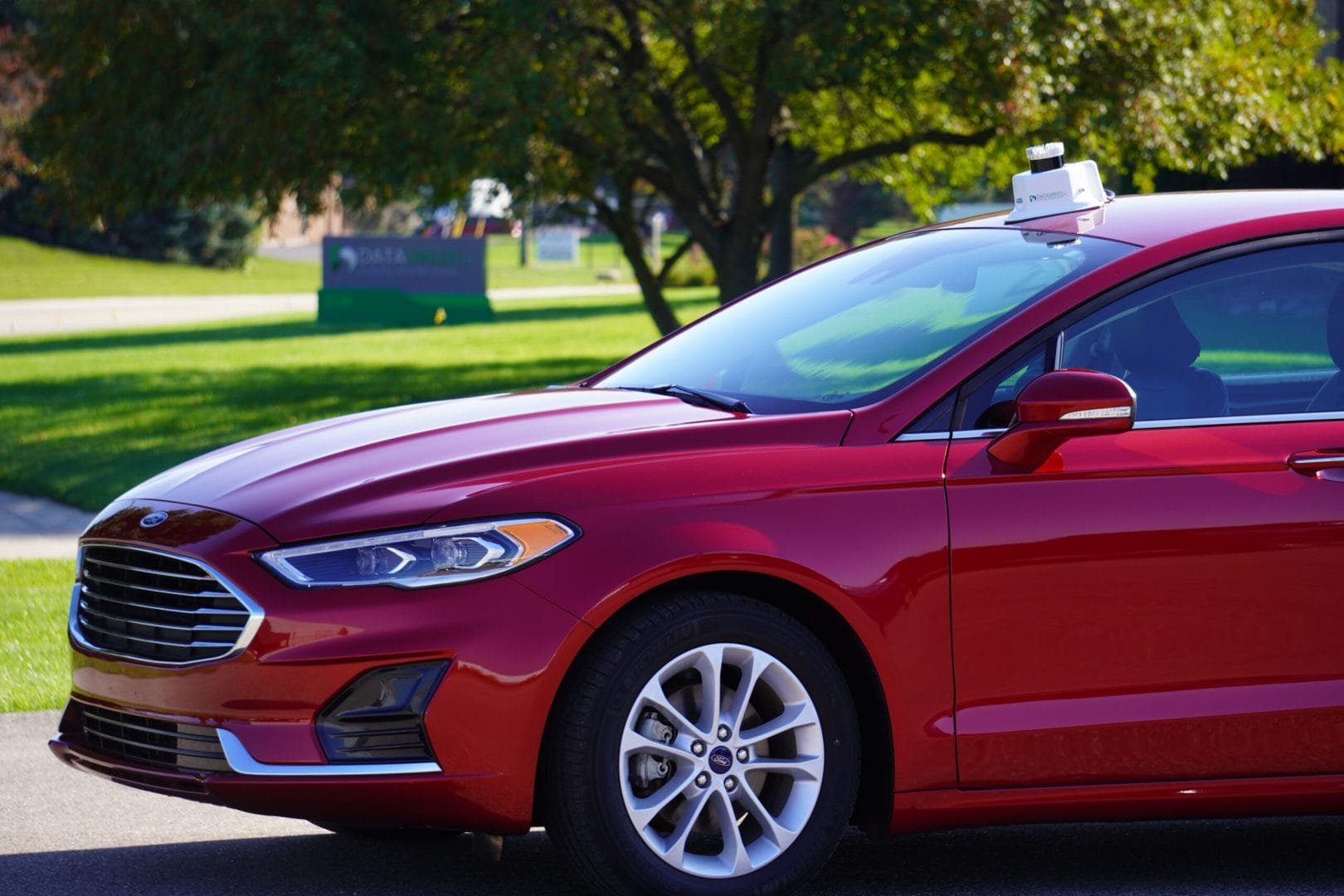
AI Test Vehicle for NIST
Project Overview Primary objective: The project goal for National Institute of Standard and Technology (NIST) is to provide measurement methods and metrics to study the interaction
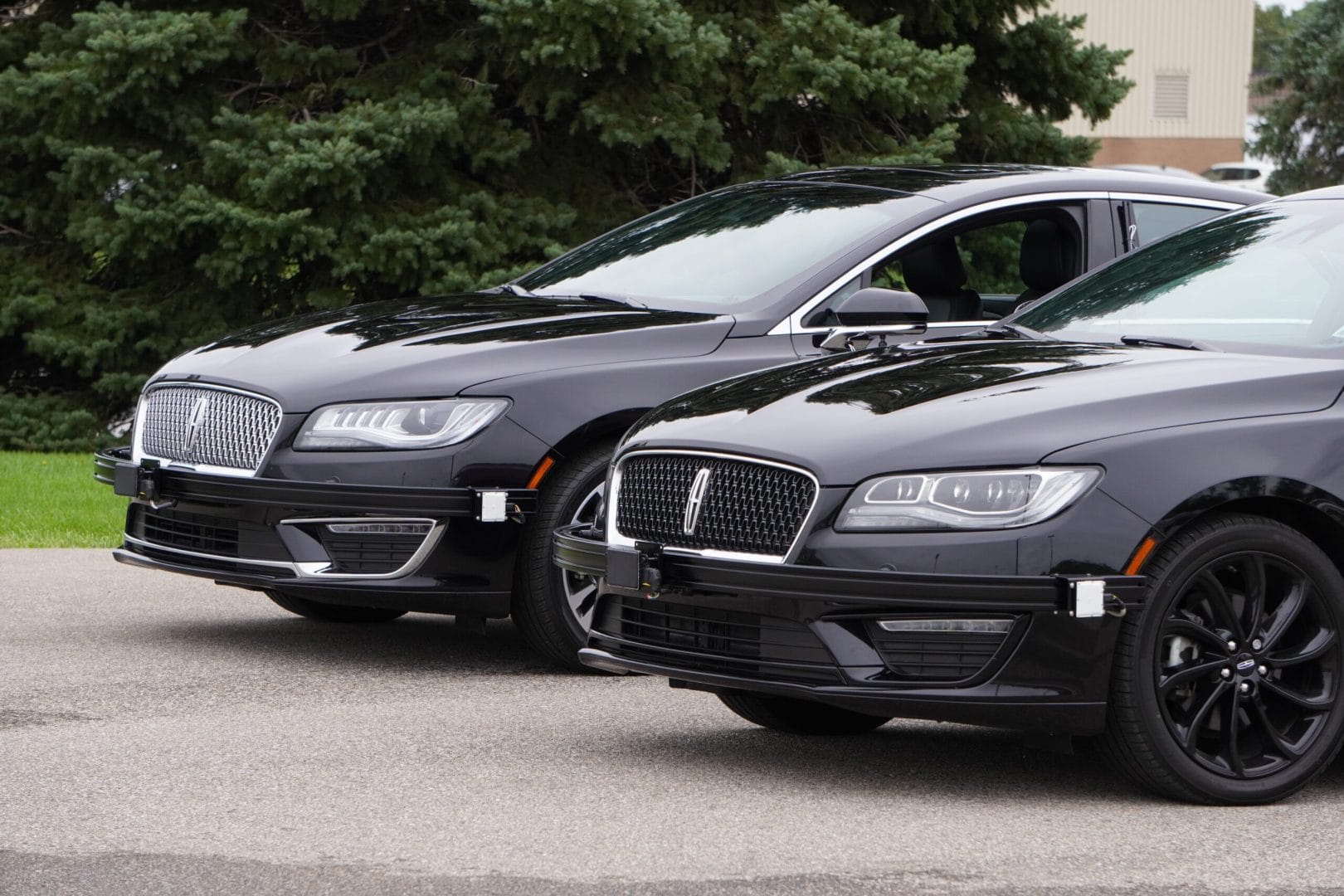
Modular Camera Suite Integration for AI Leader
Project Overview Primary objective: A leader in AI reached out to Dataspeed with the intention of creating a small fleet of autonomous capable customer demonstration
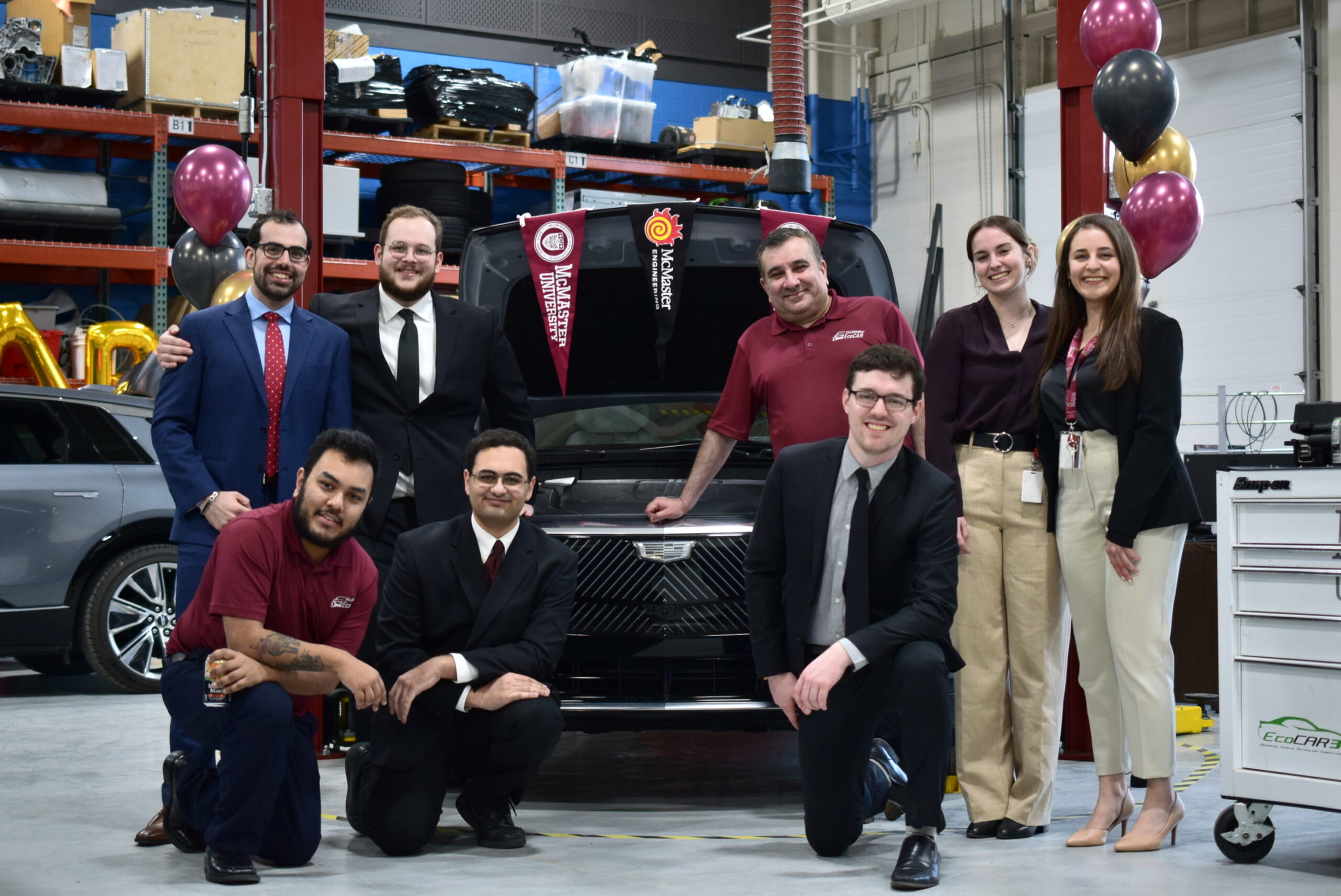
McMaster’s Innovative Use of Dataspeed iPDS in EcoCAR EV Challenge
Dataspeed is a Supporter level sponsor of the EcoCAR EV Challenge and has donated an intelligent Power Distribution System (iPDS) to each team. The McMaster

